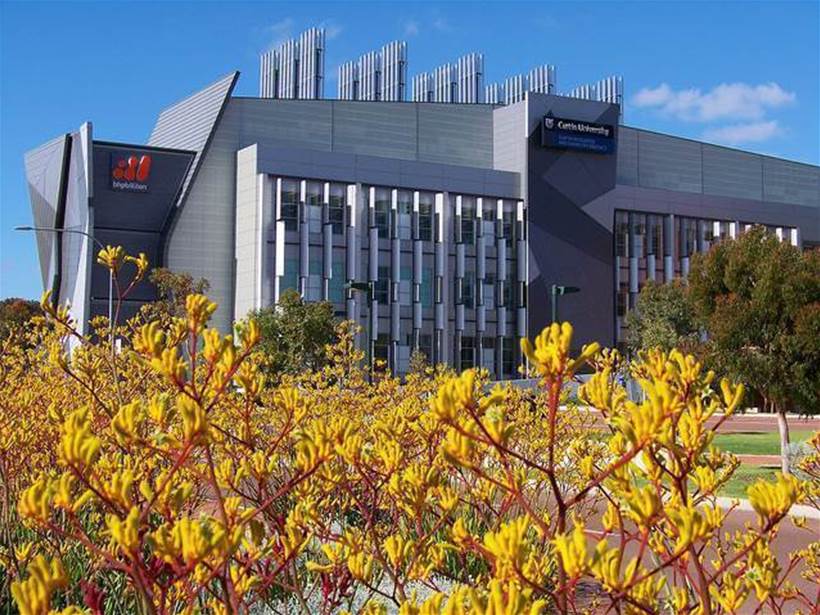Curtin University’s Western Australian campus will roll out an Internet of Things solution which promises to enhance the student experience, improve classroom learning, and encourage industry collaboration on data-driven research.
The university has selected Hitachi Data Systems (HDS) to deploy a solution which will collect data using a variety of sensors and video analytics technologies to gather information on building usage trends, study patterns and course attendance.
HDS will lend its expertise in video data and operational data analytics with a suite of offerings, including Hitachi Visualisation Suite, Hitachi Video Analytics, Pentaho, Live Face Matching and Hitachi Data Systems Infrastructure and Compute.
With over 60,000 students, 4,000 staff and 300,000 square metres of floor space, the university hopes the data insights will allow it to generate contextual information about the lifecycle of its students, the day-to-day realities of its staff, and the activity patterns of its multiple facilities.
The data gathered will be presented on a single analytics dashboard which will provide real-time insights about their classes and operations, and enable more informed decisions and future requirements determination.
Following recent trials of the platform, HDS is expected to commence the rollout of the technology over the next 18 months.
Curtin University’s COO Ian Callahan hopes the initiative becomes an example by which others can learn about the benefits of data analytics.
“We are effectively creating a living laboratory that is an open invitation to our own researchers and scientists from other universities to use our campus to discover and innovate with data-driven research,” he said in a statement.
Hitachi’s role in the smart campus initiative
Hitachi Data System’s APAC director of public safety and smart cities Keith Roscarel told IoT Hub that Curtin University’s engagement with the technology provider started 18 months ago, and will help to solve two pain points for the institution.
“We presented some of our video and data analytics technologies to them and looked at the key business problems Curtin University was facing, which were student retention, and capital works and net investment in infrastructure, based on the number of students they had,” he said.
“The challenge was to come up with an indicator that would drive betterment in both of those areas, which led to the co-creation of a system which – using facial recognition – could understand who was in a classroom, and who’s attending from a physical point of view.
“We’re also implementing a pupil counting solution which helps the university understand how the infrastructure is being used, such as how many people are in a lecture theatre or lab, and also if they’ve been registered to attend that session.”
Roscarel added that further insights could be obtained from the counting solution, such as actual fill rates of rooms versus scheduled fill rates, which would help the university determine if more or less space is required for a given subject, and dynamically allocate room resources accordingly.







